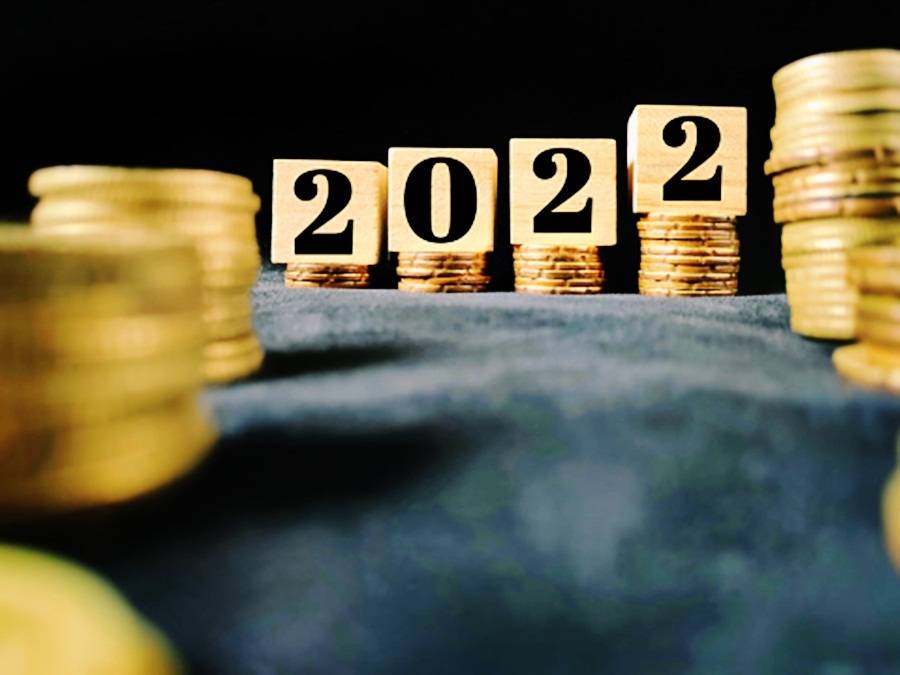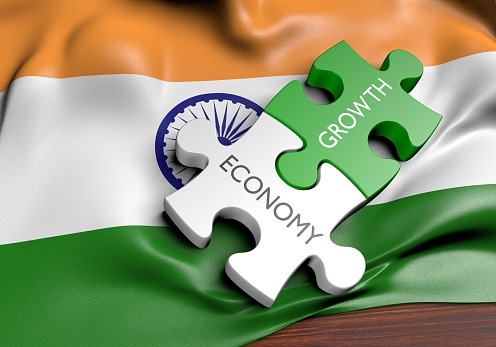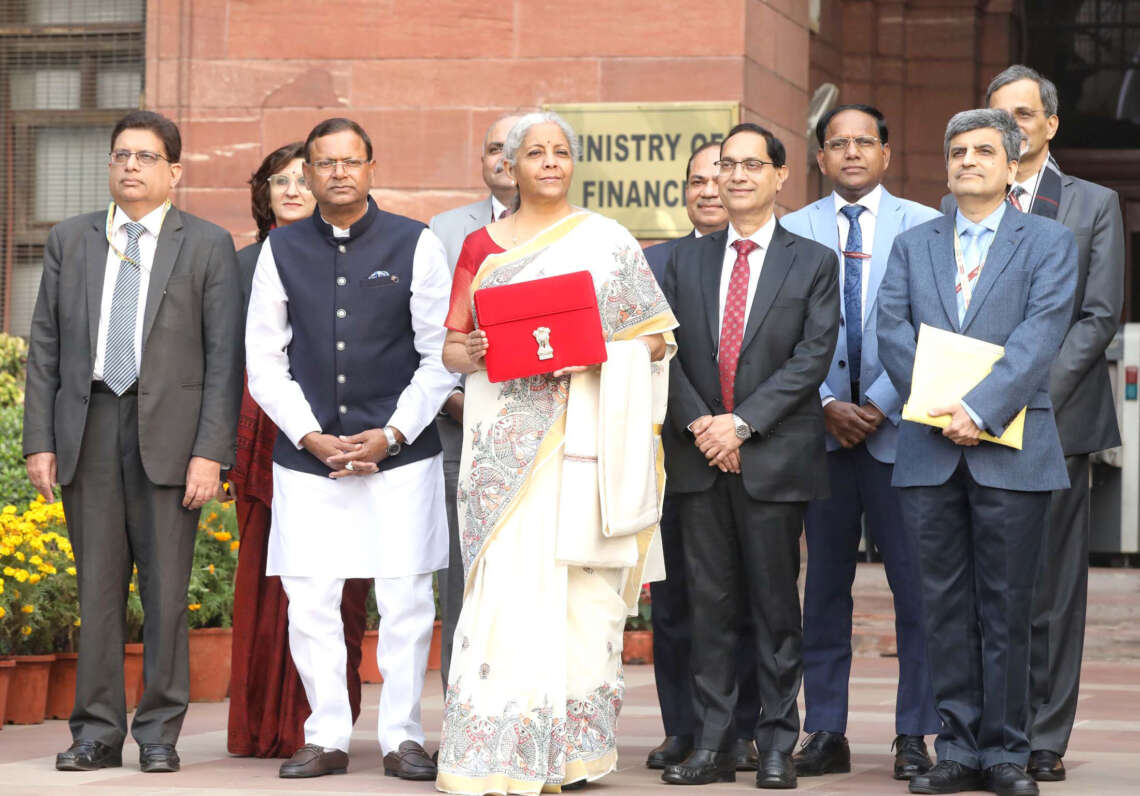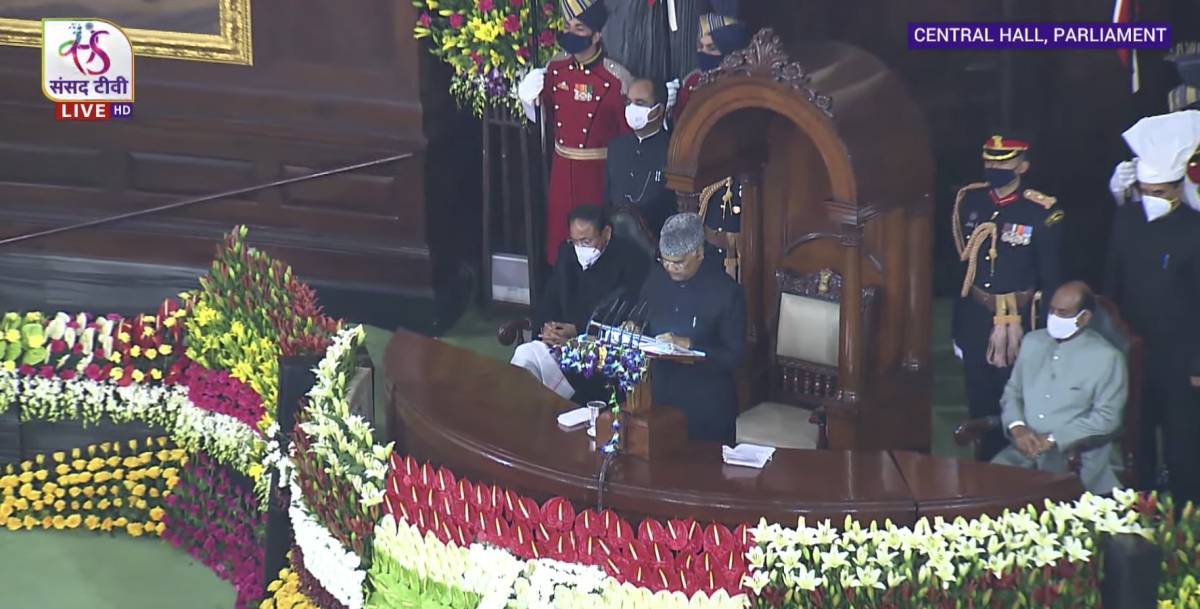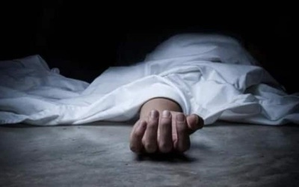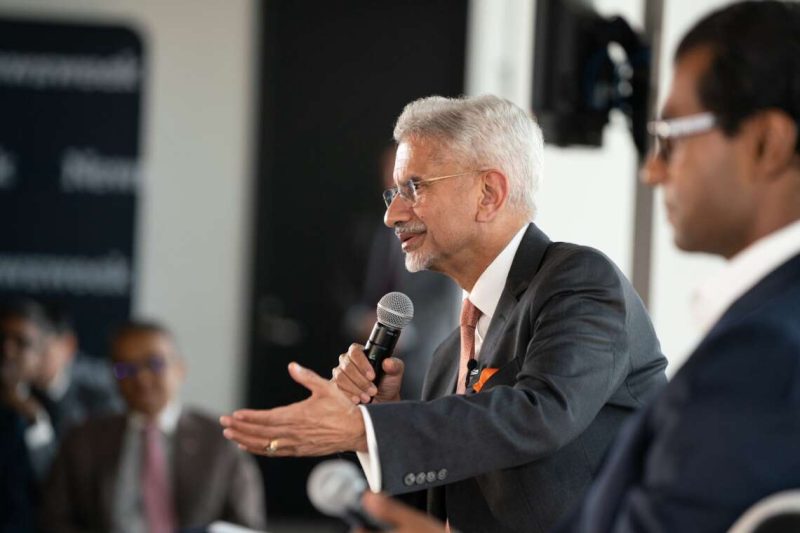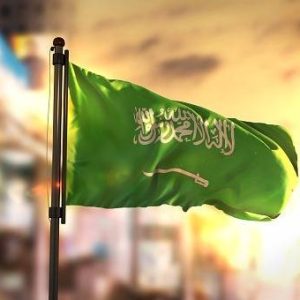According to the Survey, the supply-side reforms undertaken by the government in the last two years include deregulation of numerous sectors, simplification of processes, removal of legacy issues like ‘retrospective tax’, privatisation, production-linked incentives and so on, reports Asian Lite News
With the number of Covid-19 infections coming down, the Economic Survey has projected the Indian economy to grow between 8.0-8.5 per cent in 2022-23 as it expects the economic momentum to come back while reaping the benefits of the supply-side reforms announced by the government in the last two years.
“This projection is also based on the assumption that there will be no further debilitating pandemic related economic disruption, monsoon will be normal, withdrawal of global liquidity by major central banks will be broadly orderly, oil prices will be in the range of US$70-$75/bbl, and global supply chain disruptions will steadily ease over the course of the year,” said the Economic Survey.

According to the Survey, the supply-side reforms undertaken by the government in the last two years include deregulation of numerous sectors, simplification of processes, removal of legacy issues like ‘retrospective tax’, privatisation, production-linked incentives and so on.
While the projected GDP growth for 2022-23 will make India the fastest growing economy in the world even next year, it is still below the International Monetary Fund’s projections for India’s growth at 9 per cent for 2022-23.
The annual Economic Survey gives projections for the forthcoming year and gives a review of the year gone by. The survey was tabled in Parliament today ahead of the presentation of the Union Budget for 2021-22 on Tuesday.
The GDP growth in the current financial year (2021-22) is expected at 9.2 per cent, according to the National Statistics Office, while the Reserve Bank of India has forecast it to grow at 9.5 per cent.
At 9.2 per cent, India’s GDP growth in 2021-22 will be the fastest in at least 17 years. It had contracted by a record 7.3 per cent in 2020-21.
“Overall, macroeconomic stability indicators suggest that the Indian economy is well-placed to take on the challenges of 2022-23,” said the Survey.
Growth in government revenues will help in meeting fiscal targets
The Economic survey has said that with the strong rebound in tax revenues in 2021-22, the government will be able to provide additional fiscal support if necessary.
“The fiscal support given to the economy as well as to the health response caused the fiscal deficit and government debt to rise in 2020-21. However, a strong rebound in government revenues in 2021-22 has meant that the government will comfortably meet its targets for the year while maintaining the support, and ramping up capital expenditure,” the Survey said.
The Centre’s fiscal deficit declined 35.3 per cent as against last year to Rs 6.9 lakh crore in April-November period, accounting for 46.2 per cent of the Budget target for the full year, data released by the Controller General of Accounts showed.
Fiscal deficit in the same period last year had accounted for 135.1 per cent of the full year’s target as the pandemic-induced lockdowns had fractured the government’s finances. The government’s financial position is substantially better in the current financial year, primarily on account of the sharp increase in receipts.

The fiscal deficit target for 2021-22 is Rs 15 lakh crore, or 6.8 per cent of the GDP.
The sharply higher-than-projected nominal GDP at 17.6 per cent in 2021-22 will also help the government to project a lower fiscal deficit as a ratio of GDP.
According to a back-of-the-envelope calculation, the fiscal deficit in 2021-22 will fall 6.5 per cent of GDP from the budgeted 6.8 per cent because of the higher nominal GDP projected by the statistics office.
Need to be wary of global energy prices
According to the Economic Survey, inflation has reappeared as a global issue in both advanced and emerging economies and India needs to be wary of imported inflation especially from global energy prices.
India’s headline inflation rate based on the Consumer Price Index (CPI) surged to a five-month high of 5.6 per cent in December, primarily on account of the statistical effect of a low base. Retail inflation was 4.91 per cent a month ago.
With this, CPI inflation has averaged 5 per cent for the October-December period, marginally below the RBI’s forecast of 5.1 per cent.
Wholesale price inflation, however, has been running in double-digits.


